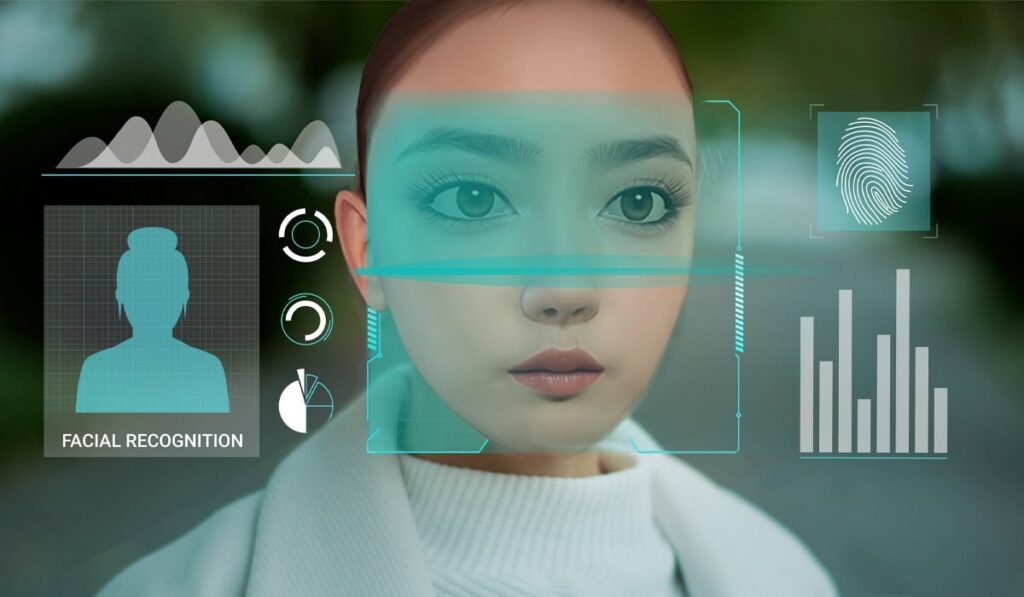In an increasingly digital world, the need for secure and reliable identity verification methods has never been greater. Digital identity verification is crucial for protecting sensitive information, securing online transactions, and ensuring access to services. One of the most promising advancements in this field is the use of biometrics. Biometric technology offers a range of solutions for identity verification, leveraging unique physical or behavioral traits to confirm a person’s identity. This blog explores how biometrics are revolutionizing digital identity verification, the various biometric methods available, their applications, and the challenges associated with these technologies.
Biometrics refers to the measurement and analysis of unique physical or behavioral characteristics used to identify individuals. Unlike traditional methods of identity verification, such as passwords or PINs, biometrics offer a more secure and user-friendly approach. Biometric traits are difficult to replicate, which reduces the risk of fraud and unauthorized access.
One of the most commonly used biometric methods is fingerprint recognition. This technology analyzes the unique patterns of ridges and valleys on an individual’s fingertip to verify identity. Fingerprint scanners are widely used in various applications, including unlocking smartphones, accessing secure facilities, and verifying identities in financial transactions. The technology’s effectiveness is due to the uniqueness of fingerprint patterns and their stability over time. Modern fingerprint sensors use advanced algorithms to capture and match prints, providing a high level of accuracy and security.
Facial recognition is another popular biometric technology that has seen significant advancements in recent years. Facial recognition systems analyze the unique features of a person’s face, such as the distance between the eyes, the shape of the nose, and the contours of the cheeks. These systems can be used for a range of applications, from unlocking devices to security screening at airports. Recent developments in facial recognition technology include the use of deep learning algorithms to improve accuracy and reliability. These algorithms can analyze facial features in different lighting conditions, angles, and expressions, making facial recognition a versatile tool for digital identity verification.
Iris recognition is a biometric method that uses the unique patterns in the iris of the eye to identify individuals. The iris’s intricate patterns are stable throughout a person’s life, making iris recognition a highly accurate and secure form of biometric verification. This technology is used in high-security environments, such as border control and national security applications. Iris recognition systems use specialized cameras to capture detailed images of the iris and advanced algorithms to compare these images against stored biometric data.
Voice recognition is another biometric technology that analyzes vocal characteristics to verify identity. Voice recognition systems assess features such as pitch, tone, and speech patterns to distinguish between individuals. While voice recognition is less commonly used than fingerprint or facial recognition, it is employed in applications such as customer service hotlines and voice-activated assistants. Advances in machine learning and natural language processing are enhancing the accuracy of voice recognition systems, making them more reliable for identity verification purposes.
Behavioral biometrics, such as keystroke dynamics and gait analysis, offer additional methods for digital identity verification. Keystroke dynamics involves analyzing typing patterns, such as the speed and rhythm of typing, to identify individuals. Gait analysis examines the unique way a person walks to verify their identity. While these methods are less established than other biometric technologies, they offer potential for continuous authentication and fraud detection in digital environments.
The advantages of biometric technologies for digital identity verification are numerous. One significant benefit is their ability to provide a higher level of security compared to traditional methods. Biometric traits are unique to each individual, making them difficult to replicate or forge. This uniqueness enhances the security of identity verification systems and reduces the risk of unauthorized access or identity theft.
Biometrics also offer a more convenient user experience. Unlike passwords or PINs, which users must remember and enter, biometric traits are inherent and easily captured. Users can quickly verify their identity using fingerprints, facial recognition, or other biometric methods, streamlining the authentication process and reducing barriers to accessing services.
Another advantage is the potential for biometric technologies to support multi-factor authentication. Combining biometrics with other verification methods, such as passwords or smart cards, adds an extra layer of security. Multi-factor authentication is increasingly used in sensitive applications, such as online banking and secure access to corporate systems, to enhance overall security.
However, the adoption of biometric technologies also presents several challenges. One major concern is privacy. Biometric data is highly sensitive, and unauthorized access or misuse of this data can lead to privacy breaches and security risks. Ensuring that biometric data is stored securely and used responsibly is essential for maintaining user trust and protecting personal information.
Another challenge is the potential for biometric systems to produce false positives or false negatives. False positives occur when the system incorrectly identifies an individual as someone else, while false negatives happen when the system fails to recognize a legitimate user. Improving the accuracy and reliability of biometric systems through advanced algorithms and high-quality sensors is crucial for addressing these issues.
Additionally, there are concerns about the inclusivity of biometric technologies. Some individuals may have biometric traits that are difficult to capture or analyze, such as people with certain medical conditions or disabilities. Ensuring that biometric systems are designed to accommodate diverse user needs and providing alternative verification methods is important for achieving fairness and accessibility.
Biometric technologies also face challenges related to data protection and legal regulations. Different regions have varying regulations regarding the collection, storage, and use of biometric data. Organizations must navigate these regulations to ensure compliance and avoid legal issues.
Looking ahead, the future of biometric technologies in digital identity verification holds exciting possibilities. Advances in AI and machine learning are expected to drive further improvements in biometric accuracy, reliability, and usability. Innovations such as multi-modal biometrics, which combine multiple biometric methods for enhanced security, and biometric solutions for new applications, such as virtual reality and augmented reality, are on the horizon.
Biometrics is revolutionizing digital identity verification by providing secure, convenient, and effective methods for confirming individuals’ identities. Technologies such as fingerprint recognition, facial recognition, iris recognition, and voice recognition offer a range of solutions for different applications, from unlocking devices to high-security environments. While challenges related to privacy, accuracy, inclusivity, and legal regulations must be addressed, the future of biometric technologies is bright, with ongoing advancements and new applications poised to further enhance digital identity verification.
As these technologies continue to evolve, they will play an increasingly important role in shaping the future of digital security and access. The integration of AI and biometric technologies promises to offer more robust and innovative solutions for identity verification, paving the way for a more secure and user-friendly digital world.
By Our Media Team
Our Editorial team comprises of over 15 highly motivated bunch of individuals, who work tirelessly to get the most sought after curated content for our subscribers.




